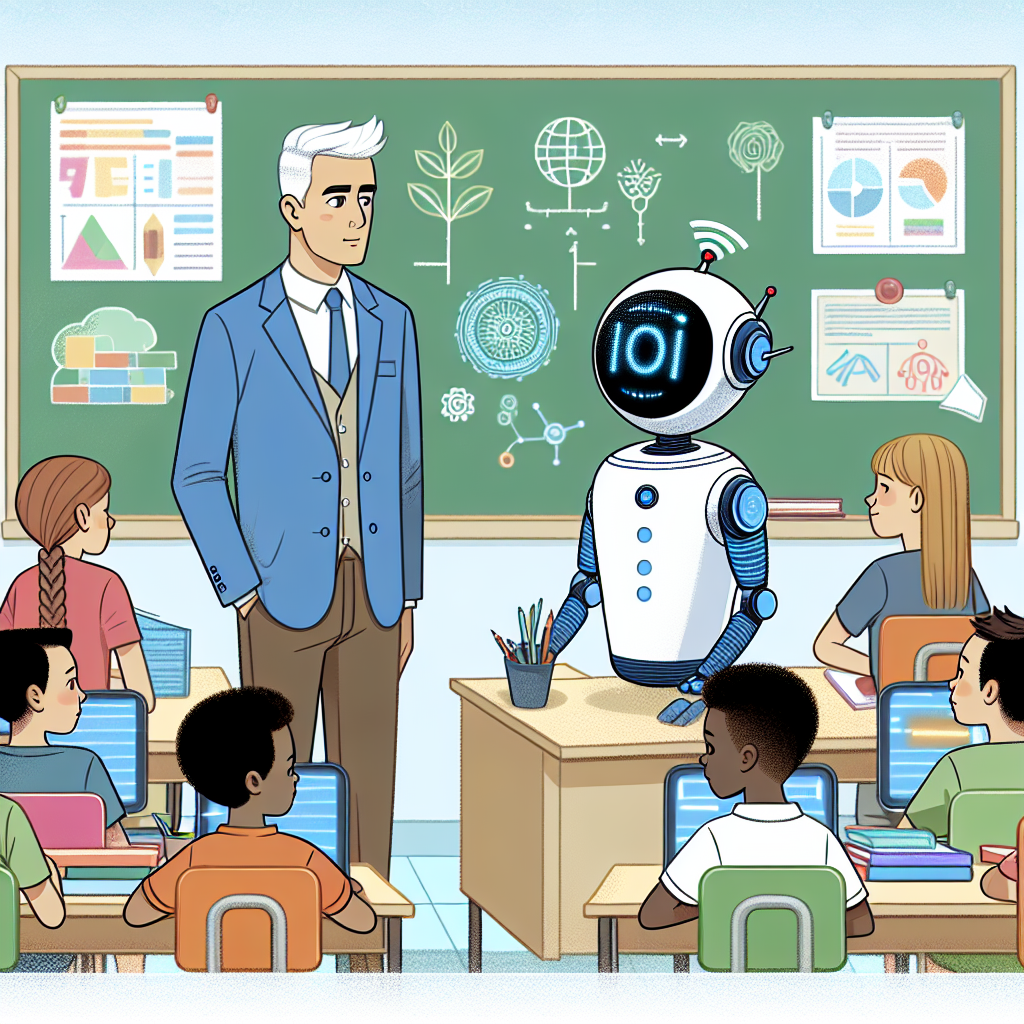As technology continues to advance, the role of artificial intelligence (AI) in education has become increasingly prominent. While AI has the potential to revolutionize the way teachers teach and students learn, it also has the potential to exacerbate teacher burnout. In this article, we will explore the impact of AI on teacher burnout and discuss potential solutions to mitigate its negative effects.
AI is already being used in various capacities in education, from grading assignments to creating personalized learning experiences for students. While AI can streamline administrative tasks and provide valuable insights into student performance, it can also add to the workload of teachers. For example, teachers may feel pressure to constantly monitor and adjust AI-driven learning programs, leading to increased stress and burnout. Additionally, some teachers may feel threatened by the prospect of AI replacing their jobs, leading to feelings of insecurity and job dissatisfaction.
One of the main ways in which AI can contribute to teacher burnout is through increased workload. While AI can automate certain tasks, such as grading assignments or tracking student progress, it also requires teachers to learn how to use new technologies and adapt their teaching methods accordingly. This can be time-consuming and overwhelming, especially for teachers who are already overworked and underpaid. Additionally, teachers may feel pressure to constantly monitor and adjust AI-driven learning programs to ensure that they are meeting the needs of their students, leading to increased stress and burnout.
Another way in which AI can contribute to teacher burnout is by creating unrealistic expectations. AI has the potential to personalize learning experiences for students, but this can also create pressure on teachers to meet individualized needs for each student. Teachers may feel overwhelmed by the sheer amount of data and information that AI generates, leading to feelings of inadequacy and burnout. Additionally, teachers may feel pressured to keep up with the latest technological trends and innovations, leading to feelings of insecurity and job dissatisfaction.
Despite the potential negative impact of AI on teacher burnout, there are also ways in which AI can help alleviate burnout and improve teacher well-being. For example, AI can help teachers automate routine tasks, freeing up more time for them to focus on meaningful interactions with students. AI can also provide valuable insights into student performance, helping teachers identify areas for improvement and tailor their teaching methods accordingly. Additionally, AI can help teachers personalize learning experiences for students, leading to improved student outcomes and job satisfaction.
In order to mitigate the negative impact of AI on teacher burnout, it is important for schools and education systems to provide adequate training and support for teachers. Teachers should be given the resources and tools they need to effectively integrate AI into their teaching practices, as well as the time and space to experiment with new technologies. Schools should also prioritize teacher well-being and mental health, providing opportunities for teachers to recharge and rejuvenate outside of the classroom.
In conclusion, while AI has the potential to revolutionize education, it also has the potential to exacerbate teacher burnout. By providing adequate training and support for teachers, as well as prioritizing teacher well-being and mental health, schools can help mitigate the negative impact of AI on teacher burnout and create a more sustainable and fulfilling work environment for educators.
FAQs
Q: How can AI help alleviate teacher burnout?
A: AI can help alleviate teacher burnout by automating routine tasks, providing valuable insights into student performance, and personalizing learning experiences for students.
Q: What are some potential negative impacts of AI on teacher burnout?
A: Some potential negative impacts of AI on teacher burnout include increased workload, unrealistic expectations, and feelings of insecurity and job dissatisfaction.
Q: What can schools and education systems do to mitigate the negative impact of AI on teacher burnout?
A: Schools and education systems can provide adequate training and support for teachers, prioritize teacher well-being and mental health, and create a more sustainable and fulfilling work environment for educators.

